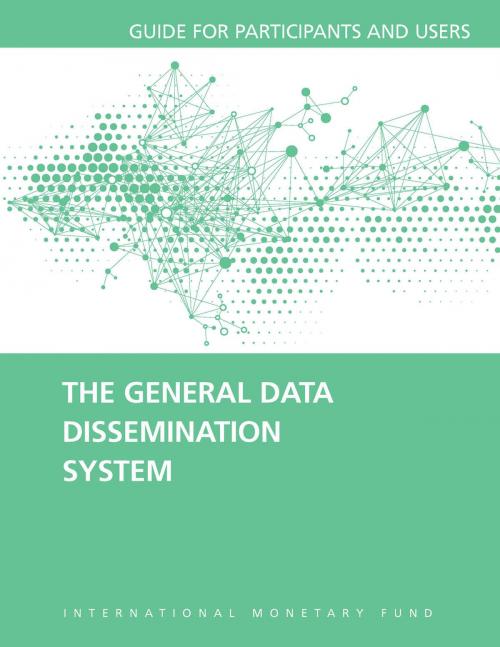The General Data Dissemination System: Guide for Participants and Users
Business & Finance, Economics, Statistics, Public Finance, Finance & Investing, Finance| Author: | International Monetary Fund. Statistics Dept. | ISBN: | 9781484363881 |
| Publisher: | INTERNATIONAL MONETARY FUND | Publication: | January 6, 2014 |
| Imprint: | INTERNATIONAL MONETARY FUND | Language: | English |
| Author: | International Monetary Fund. Statistics Dept. |
| ISBN: | 9781484363881 |
| Publisher: | INTERNATIONAL MONETARY FUND |
| Publication: | January 6, 2014 |
| Imprint: | INTERNATIONAL MONETARY FUND |
| Language: | English |
The purpose of this Guide is to explain the nature and objectives of the General Data Dissemination System (GDDS), to describe its operation, and to provide practical guidance to International Monetary Fund (IMF) member countries on participation in the system. The GDDS provides members with a basic framework for a broader national statistical development strategy. It covers a set of statistics recognized to be essential for all countries for policymaking and analysis in an environment that increasingly requires relevant, comprehensive, accurate, and timely statistics available to the general public. The GDDS addresses the full range of issues critical for compiling and disseminating data and making explicit plans for improvement to align national procedures with best practices. This version of the Guide supersedes the version of June 2007. It takes on board the decisions made by the IMFs Executive Board at the time of the Seventh Review of the Fund's Data Standards Initiatives in December 2008 to align the GDDS and Special Data Dissemination Standard (SDDS) data categories. At that time, the Executive Board also decided to further enhance the GDDS to focus more on data dissemination, both to provide immediate benefit to a countrys policymakers and to facilitate a countrys graduation to the SDDS. In February 2012, at the time of the Eighth Review of the Fund's Data Standards Initiatives, the Executive Board decided to leverage the plans for improvement by focusing further and prioritizing the delivery of technical assistance in statistics. The Guide is expected to continue to be updated as the GDDS evolves.
The purpose of this Guide is to explain the nature and objectives of the General Data Dissemination System (GDDS), to describe its operation, and to provide practical guidance to International Monetary Fund (IMF) member countries on participation in the system. The GDDS provides members with a basic framework for a broader national statistical development strategy. It covers a set of statistics recognized to be essential for all countries for policymaking and analysis in an environment that increasingly requires relevant, comprehensive, accurate, and timely statistics available to the general public. The GDDS addresses the full range of issues critical for compiling and disseminating data and making explicit plans for improvement to align national procedures with best practices. This version of the Guide supersedes the version of June 2007. It takes on board the decisions made by the IMFs Executive Board at the time of the Seventh Review of the Fund's Data Standards Initiatives in December 2008 to align the GDDS and Special Data Dissemination Standard (SDDS) data categories. At that time, the Executive Board also decided to further enhance the GDDS to focus more on data dissemination, both to provide immediate benefit to a countrys policymakers and to facilitate a countrys graduation to the SDDS. In February 2012, at the time of the Eighth Review of the Fund's Data Standards Initiatives, the Executive Board decided to leverage the plans for improvement by focusing further and prioritizing the delivery of technical assistance in statistics. The Guide is expected to continue to be updated as the GDDS evolves.















